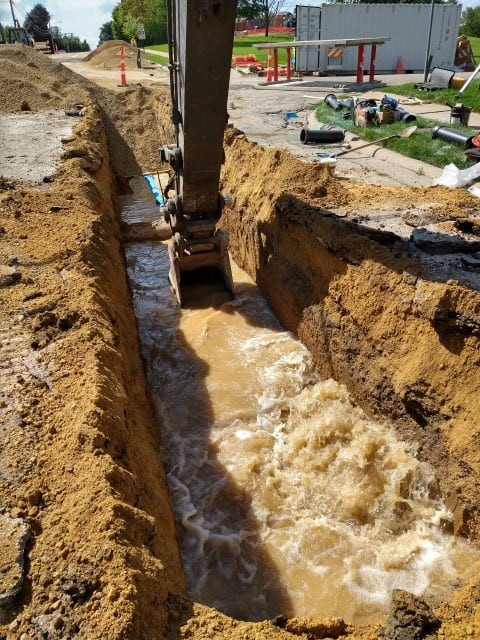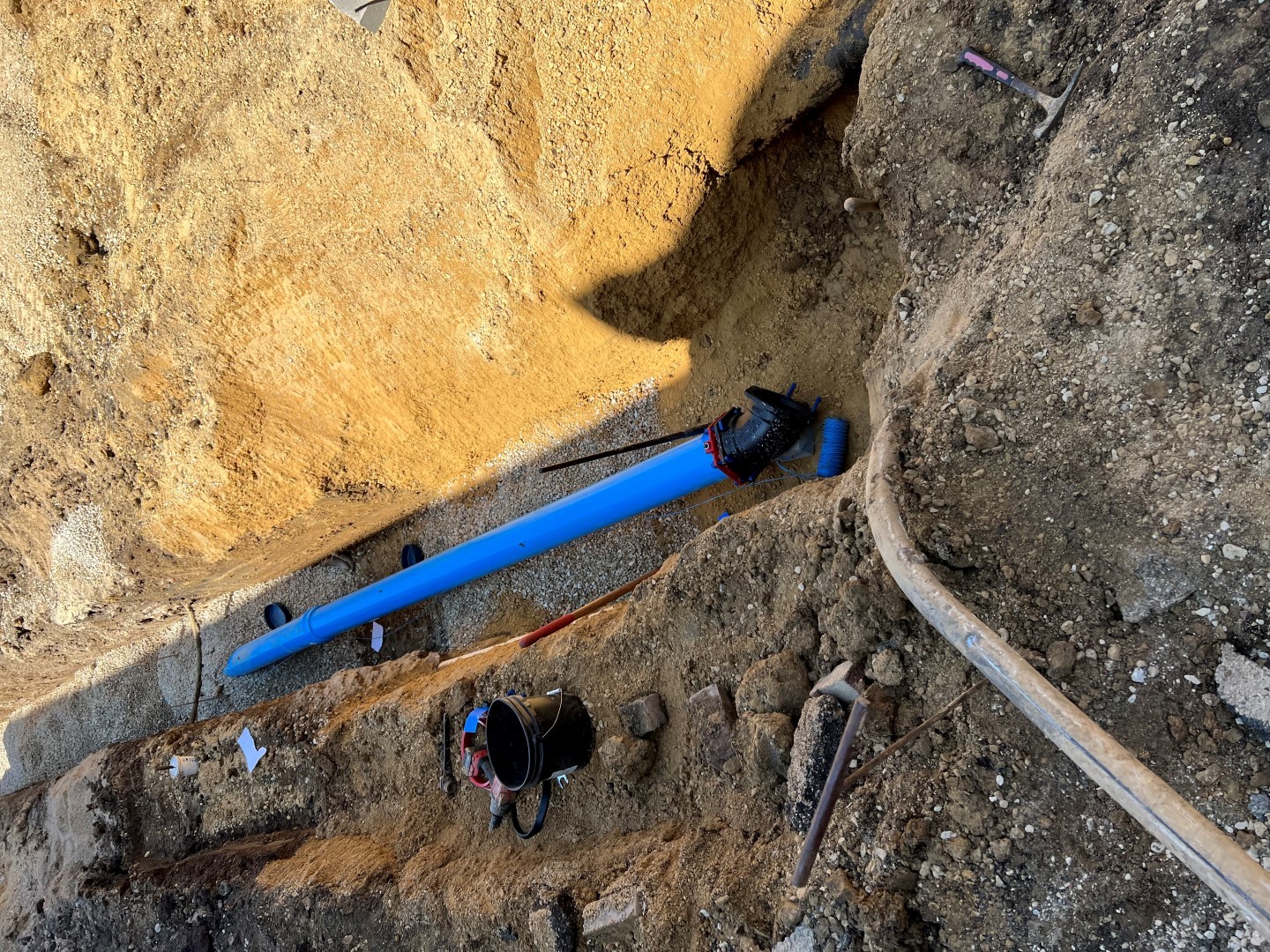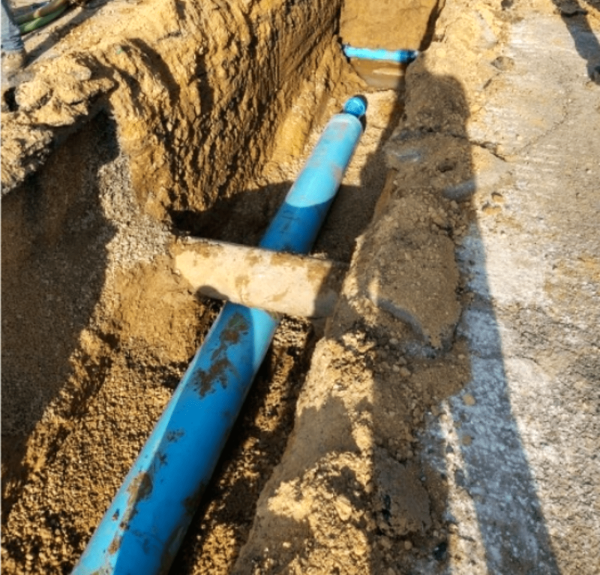Important considerations for water distribution system design
Around 2.2 million miles of underground pipes support the drinking water infrastructure system in the United States. The aging water system, however, requires upgrades in thousands of communities across the nation to prevent water main breaks and a daily loss of billions of gallons of treated water. If you are a municipal leader, it can be challenging to decide whether to implement upgrades or design a replacement distribution system for your community.
Below, we discuss basic factors that can influence conceptual or design decisions for water system upgrades or replacements, aspects to consider while developing system layout plans and why you need to partner with a team of water engineers to ensure successful outcomes.
Planning a water distribution system design: factors to consider
Whether your community needs an upgrade, an expansion or a replacement system, planning is critical for designing an effective water distribution system. Beyond primary concerns, like availability, reliability and quality of water in an area, the community size, type and average usage can also guide water distribution system designs. After initial project review comes layout and permitting, followed by design plans and production. Construction only commences after these planning stages are complete.
Design elements can be significantly influenced by certain factors. The table below lists important details to consider, and explains why and how they might shape the initial designs of a water system during the planning stage.
Important considerations for designing a water distribution system |
||
|---|---|---|
| FACTOR | WHY | HOW |
| Age |
|
|
| Geography/climate |
|
|
| Water usage |
|
|
| Environmental requirements |
|
|
| Project budget |
|
|
| Demand forecasts |
|
|
These initial design considerations, in turn, determine the layout of a water distribution system. Below, we discuss common system layout types, configurations and the roles of various accessories, also known as appurtenances.
Key aspects of water distribution layout design
The layout of a water distribution system involves input from several teams, including the utility engineering department, engineering consultants, distribution operators or field operators, and others. Most design input focuses on the logistics and implementation of a water distribution system.
Layout
The distribution layout of a water system includes disinfection treatment facilities, pipelines (mains and services), and appurtenances like valves and fire hydrants. Engineers typically calculate a water system distribution layout using parameters like:
- Flow rate.
- Water demands.
- Pressure.
- Utilities.
- Material selection.
- Municipal ordinances.
- Flow velocity.
- Fire flow requirements.
- Topography.
- Construction budget/funding.
- Right-of-way limitations.
- Environmental regulations/requirements.
It is worth noting that several of these parameters are usually considered during the initial planning phase, but input from field operators can help refine layout design calculations.
Configuration
- Arterial loop systems. This design surrounds the distribution system with a large-diameter water main that provides adequate flow to the interconnecting distribution system from different locations. This layout design creates greater flexibility by supplying water to the distribution system from multiple locations.
- Grid systems. This configuration allows water to circulate through the entire system, which is typically fed by an arterial main or a single transmission line. The layout structure distributes water to multiple areas with better quality, pressure and flow rate.
- Tree systems. This configuration is fed by one large water main that branches off into smaller distribution mains, which may result in reduced water pressure and flow.
A water distribution system's design is crucial to providing customers with good water quality at an acceptable pressure level. A good distribution system configuration also helps meet the required water demands and limit the number of customers who run out of water during outages. The three most common distribution design configurations are:
Appurtenances
Appurtenances are common accessories of a functional water distribution system that aid the operators and improve the water quality. Examples of such appurtenances include:
- Pipes.
- Valves.
- Elbow and bend fittings.
- Service saddles.
- Blow-offs.
- Fire hydrants.
- Air release and vacuum valves.
Once the initial design, layout, configuration and appurtenances are factored into a water distribution system design, the design plan production can begin. With such a long list of influential factors and design aspects to consider before upgrading or replacing a water distribution system, partnering with a trusted and experienced team of water engineers will make things easier for you.
How Fehr Graham helps design water distribution systems
Fehr Graham is committed to helping municipalities provide safe drinking water for their communities. Whether it is upgrading a water distribution system or replacing lead service lines, our team is available to help you navigate every step of your project. From securing funds for a water distribution system project to planning, designing and overseeing construction, we are dedicated to upgrading aging water infrastructure across communities in the U.S.
To learn more about water distribution system designs and how Fehr Graham can help you upgrade the water distribution system in your community, contact us or give us a call at 815.235.7643.
 |
Derek Thompson, PE, is a Professional Engineer with a proven track record in water, sewer, transportation and site design. He is also the Branch Manager of our Freeport, Illinois, office. Derek is client-focused. He builds and maintains strong relationships with community and municipal leaders while tailoring projects to their needs. Reach him at
|
Collaborative, Insightful, Results-Driven Solutions
Fehr Graham provides innovative engineering and environmental solutions to help improve the lives and communities of our customers.



